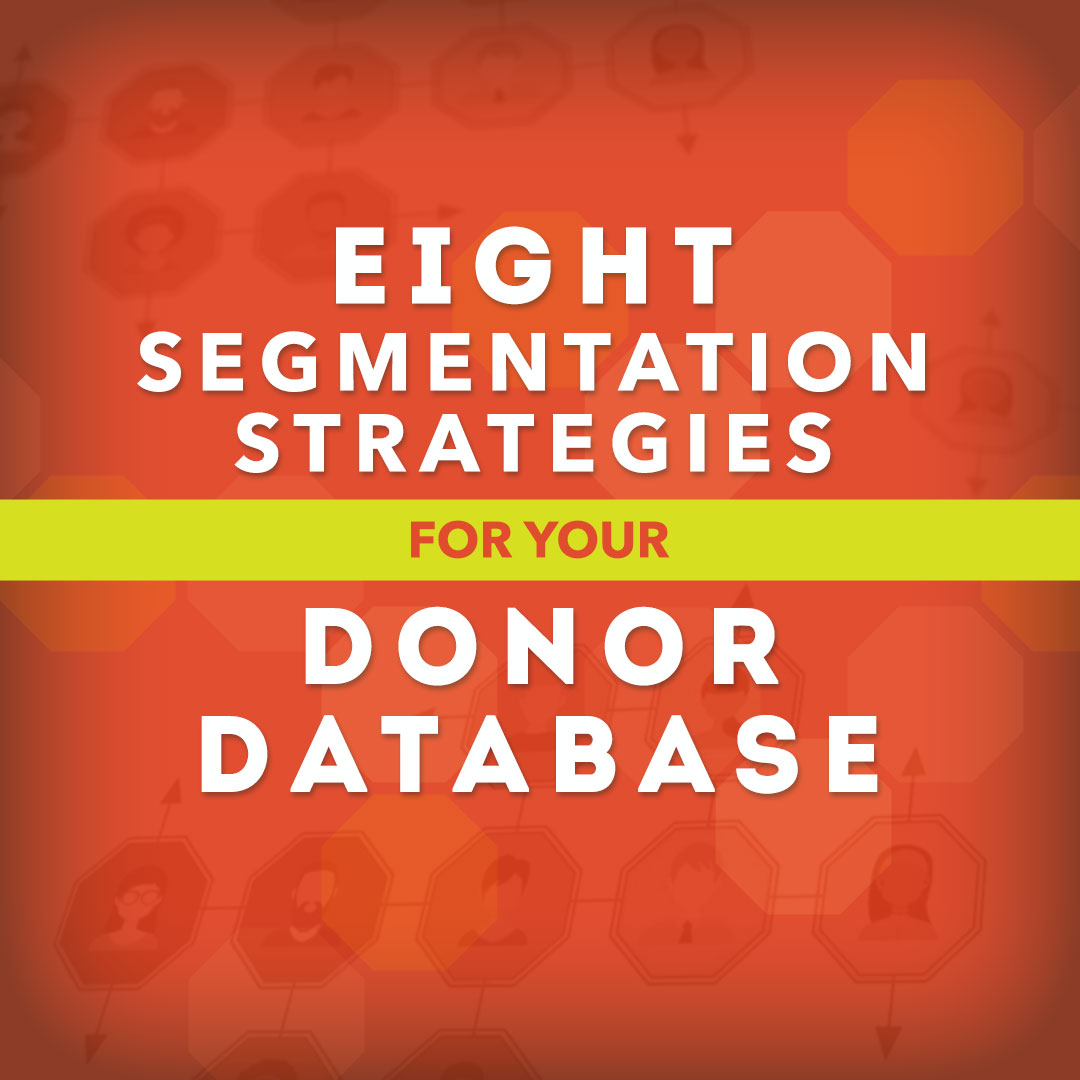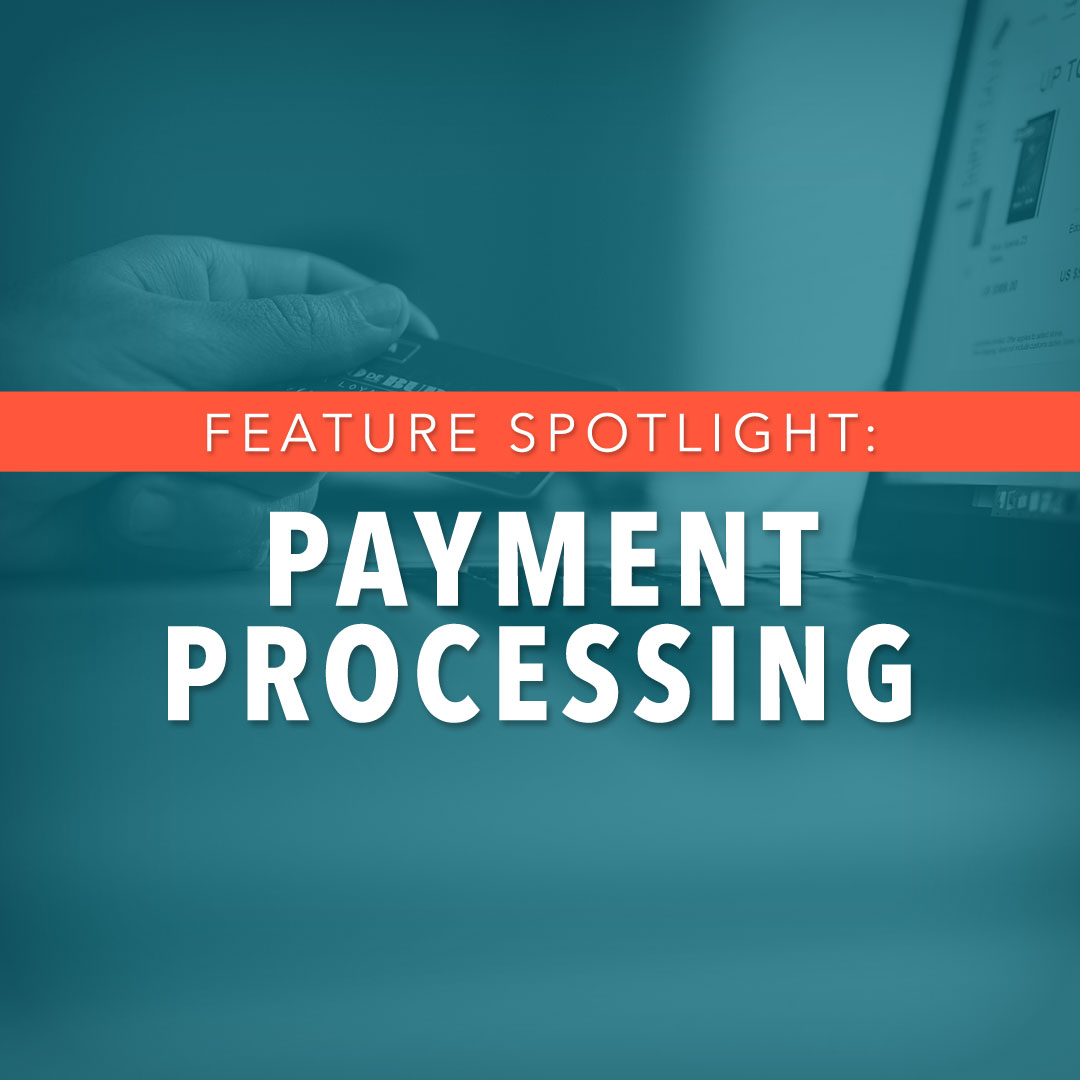Here’s a fun little newsflash for you: It’s not you who gets to determine the story and the brand of your organization—it’s your donors.
Understanding who your donors are helps you understand your organization, your brand and your story in a much deeper and thoughtful way. And getting to a place where you really understand your donors starts and ends with data.
Which is why we love powerful segmentation tools like Mosaic USA from Experian so much. Nowadays, it’s all too easy to find yourself in a situation where you think you’re communicating one thing while your donors are interpreting another thing entirely. Mosaic tries to keep that from happening by combining oodles and oodles of market research and data on ALL types of American families into 71 distinct groups to help you understand your particular customer or donor demographic.
Adding a tool like Mosaic to your donor development toolbox allows you to get even more detailed information on the various donor groups that support you. This information goes beyond just age and wealth to give you a full picture of your donors—what moves them, drives them and inspires them. It tells you their values (i.e. patriotism), where they like to shop, where they eat, what they drive, what their hobbies are and even what their future is likely to hold. All this culminates to help you anticipate and predict new behaviors. And that just might be the most important part of the puzzle here.
Let’s say that you used something like Mosaic to identify and profile your donors. After a few years, you might go back and profile them again. It’s entirely possible that your donors will be in different segments the second time around because people change and grow. Sometimes they lose jobs and become less able to give. Other times they move to new places. Their lifestyles change and they gain new priorities. But has your communication to those people changed?
As your donors grow and change, they need you to adapt your marketing strategies to meet them in the new chapters of their lives. And if you don’t, they’ll end up saying goodbye to you simply because you’re no longer speaking their language.
You’re in the weeds of your nonprofit every day. What you do makes sense to you, but to the outside observer, the monthly donor or the interested newbie, your efforts might not always seem as cohesive as you had hoped. That’s why we can’t stress data’s importance enough. Data helps you to understand who your donors are, what they’re passionate about and what motivation is driving them to give—all of which work together to inform your brand, marketing plans and story.
For example, one organization might attract a lot of urban singles while another organization attracts rural retirees. Those trends and insights aren’t coincidental; they say a lot about those organizations, their values and their stories. The same applies to you. Understanding your donors goes hand in hand with understanding your brand.
It’s all in the numbers, so don’t ignore the data.


-1.jpg)







